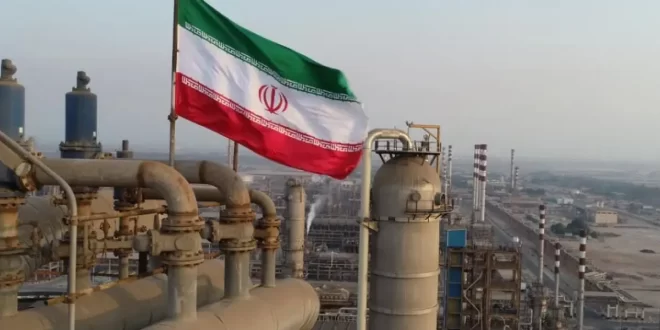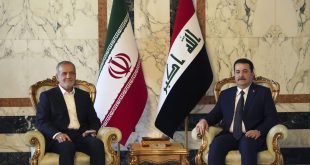Bijan Zanganeh, Iran’s former oil minister, has made bold assertions regarding Iran’s potential to significantly increase its oil production, despite minimal investments and limited access to technology.
Iran’s crude oil production stood at an estimated 3,163,000 barrels per day as of January 2024, showing a slight decrease from December 2023’s output of 3,168,000 barrels per day. This is notably lower than the 4,376,194 barrels per day Iran was producing in 2016.
Data from the US Energy Information Administration (EIA) indicates that Iran produced 2.93 million barrels of crude oil per day in the third quarter of 2023, excluding condensates. However, in November 2023, Iran’s oil minister, Javad Owji, stated that the country was producing 3.4 million barrels of oil per day, suggesting potential for increased production capacity.
Bijan Zanganeh has expressed optimism about Iran’s ability to raise its output to 7 million barrels per day within five to six years, at a cost of less than $70 billion. He argues that the projected revenues from expanded oil sales justify the relatively modest investment.
Despite Zanganeh’s positive outlook, significant challenges confront Iran’s petroleum sector, including the impact of global sanctions. Sanctions have severely curtailed Iran’s oil output and hindered international investment in the industry, with production expected to hit a 30-year low in 2020. Additionally, geopolitical tensions and proposed legislation in the United Statestightening sanctions on Iranian oil further complicate Iran’s prospects for oil exports.
The World Bank has noted that Iran’s heavy reliance on oil revenues makes it vulnerable to external shocks and sanctions. While Iran has sought to enhance domestic crude oil processing and diversify its trading partners, sanctions continue to hinder access to foreign capital and technology necessary for increasing production capacity.
Consequently, even while Zanganeh’s projections show potential for Iran’s oil sector, they fail to consider the major obstacles provided by geopolitical dynamics and sanctions, which make it more difficult for the nation to meet its output targets.

Iran faces significant challenges in increasing its oil production capacity
Iran’s efforts to boost its oil production face serious obstacles, including international sanctions that severely limit its capacity to export oil. This has led to a decline in revenue and deterred foreign investment and technological transfer necessary for expanding production.
Budgetary constraints and limited access to advanced foreign technologies further impede progress. Additionally, Iran’s lack of natural gas needed for oil production poses a challenge to sustaining and increasing production levels.
Geopolitical issues such as market competitiveness and escalating sanctions complicate Iran’s export prospects. Balancing domestic energy consumption with export requirements requires effective resource management to meet both objectives.
Obtaining funding, strategic resource management, and navigating global dynamics are crucial for overcoming these challenges and expanding Iran’s oil production capacity.
While recent trends suggest room for growth, future production levels depend on efficient resource management and domestic economic policies. Economist Masoud Nili warns of a possible economic downturn and loss of competitiveness without significant reforms to the financial framework and investment incentives.
Despite Zanganeh’s optimism, Iran’s oil potential is constrained by sanctions, limiting exports and access to vital resources. However, technical advancements, administrative reforms, and strategic positioning offer hope for resilience and growth in Iran’s oil sector amid challenging conditions.
Iran’s efforts to boost its oil production capability is beset with serious obstacles. Iran’s capacity to export oil internationally has been severely limited by international sanctions, especially those imposed by the US. This has resulted in a steep fall in revenues and deterred foreign investment and knowledge transfer, which are essential for expanding production.
Further impeding advancement are budgetary limitations and restricted access to cutting-edge foreign technologies. Iran has plenty of natural gas reserves, but it is unable to extract the natural gas needed to produce oil.
Another problem is balancing domestic energy consumption with export requirements, which requires effective resource management to satisfy both objectives. In general, obtaining funding, strategically managing resources, and skillfully navigating global dynamics are necessary to overcome these challenges.
Although recent patterns suggest room for expansion, it is unclear how much oil Iran will be able to produce over the next five years. Even though exports, mostly to China, reached a record level of 1.29 million barrels per day, efficient resource management and domestic economic policies will have a significant impact on future output.





